Magnetic Hysteresis Loop Tracer With USB, Computer Connection Module & Software
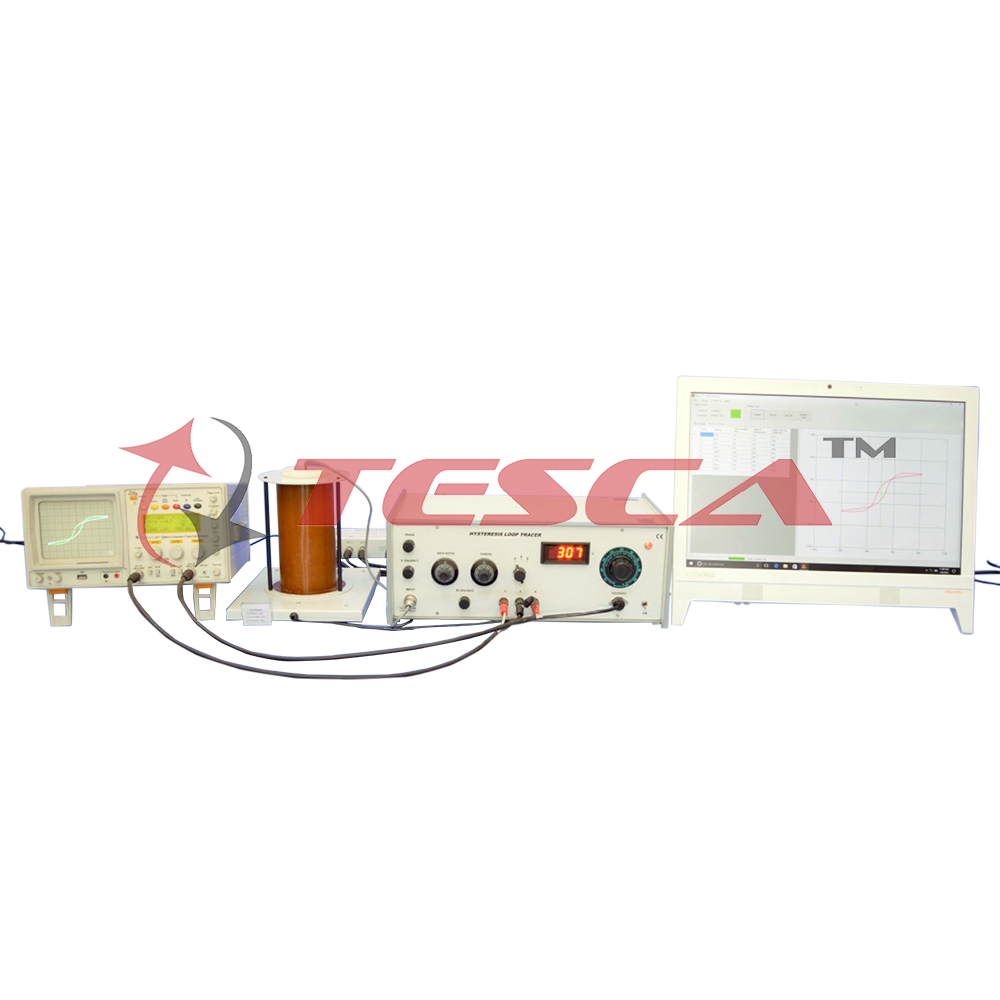
Order Code: 55540A
Category: Physics Trainers
Measures magnetic parameters accurately Demagnetisation, eddy currents and sample cross-sectional area have been accounted for Capable of detecting the number of magnetic phase present in a sample Introduction A precise knowle...
SPECIFICATION
Measures magnetic parameters accurately
Demagnetisation, eddy currents and sample cross-sectional area have been accounted for Capable of detecting the number of magnetic phase present in a sample
Introduction
A precise knowledge of various magnetic parameters of ferromagnetic substances, viz. coercivity, retentivity, saturation magnetisation and hysteresis loss, and ability to determine them accurately are important aspects of magnetic studies.
The information about the aforementioned properties can be obtained from a magnetic hysteresis loop which can be traced by a number of methods in addition to the slow and laborious ballistic galvanometer method. Among the typical representatives of AC hysteresis loop tracers, some require the ring form of samples while others can be used with thin lms, wires or even rock samples. Ring form samples are not always practically convenient to make while in others demagnetisation effects sometime become quite important. The present set-up can accept the samples of thin wires of different diameters. The demagnetisation effects, different diameters of samples and eddy currents (due to the conducting property of the material) has been taken into account within the design or graphically.
Design Principle
When a cylindrical sample is placed coaxially in a periodically varying magnetic eld the magnetisation in the sample also undergoes periodic variation. This variation is picked up by a coil, placed coaxially with the sample. For the uniform eld Ha produced, the effective eld H acting in the cylindrical sample will be
H = Ha NM (1)
where M is magnetisation, N is normalised demagnetisation factor including 4p and J is the magnetic polarisation de ned by
B = m0H J
with B=mH or m0(H M) as magnetic induction. The signal corresponding to the applied field, Ha can be written as
e1 = C1Ha (2)
where C1 is a constant
Further the ux linking with the pick-up coil of area Ac due to sample of area As will be
f = m0(Ac As)H’ AsB
where H’ is the eld in the excess area of the pick-up coil. Under certain conditions this equation reduces to
f = m0AcH AsJ
The signal induced in the pick-up coil (e2) will be proportional to df/dt which after integration yields
e3 = C3f = C3m0AcH C3AsJ (3)
Solving (1), (2) and (3) gives
Based on these equations the electronic circuit has been designed to give values of J and H and hence the hysteresis loop. Further different magnetic phases present in the sample may also be identi ed by electronically manipulating the pick-up signal.
Description of the set-up
The block diagram of the set-up is given next and a brief description now follows:
Basic Circuit
The magnetic eld has been obtained with an ac mains driven multilayered solenoid. This magnetic eld has been calibrated with a Hall Probe for uniformity and correspondence with the magnetic eld calculated through ac current passing in the solonoid. A small resistance in series with the solenoid serves the purpose of taking a signal e1 corresponding to H.
The signal e2 (corresponding to dJ/dt) is taken from the pick-up coil placed at the centre of the solenoid and contains the sample. It is integrated and corrected for phase. This signal is then subtracted from the reference signal e1 and ampli ed to give the signal corresponding to J. The e1 signal is also subtracted from 3e3 in correct ratio (to account for demagnetisation and area ratio) and amplified to give signal corresponding to H.
e2 is also passed through the differentiator for getting signal corresponding to d2J/dt2 which is used for phase identification.
Computer Interface
This interface enables the user to get a plot of the B-H loop on the computer screen as soon as a magnetic field is set soon the hardware. Procedure for initial setting and conduction of experiment are available through the software provided with the unit. In the end, data would be stored in the excel format.
Applications
The following magnetic parameters can be measured by this set-up:
Basic Circuit
The magnetic eld has been obtained with an ac mains driven multilayered solenoid. This magnetic eld has been calibrated with a Hall Probe for uniformity and correspondence with the magnetic eld calculated through ac current passing in the solonoid. A small resistance in series with the solenoid serves the purpose of taking a signal e1 corresponding to H.
The signal e2 (corresponding to dJ/dt) is taken from the pick-up coil placed at the centre of the solenoid and contains the sample. It is integrated and corrected for phase. This signal is then subtracted from the reference signal e1 and ampli ed to give the signal corresponding to J. The e1 signal is also subtracted from 3e3 in correct ratio (to account for demagnetisation and area ratio) and amplified to give signal corresponding to H.
e2 is also passed through the differentiator for getting signal corresponding to d2J/dt2 which is used for phase identification.
Computer Interface
This interface enables the user to get a plot of the B-H loop on the computer screen as soon as a magnetic field is set soon the hardware. Procedure for initial setting and conduction of experiment are available through the software provided with the unit. In the end, data would be stored in the excel format.
Applications
The following magnetic parameters can be measured by this set-up:
- Coercivity
- Retentivity
- Saturation magnetisation
- Various magnetic phase identi cation
- Hysteresis loss
The equipment is complete in all respect, including a set of samples (wires of Nickel, and different grades of iron etc.).
A Cathode Ray Oscilloscope will however be required.

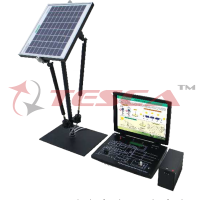
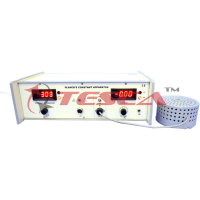

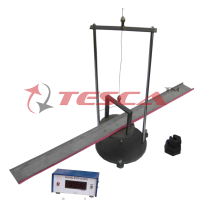
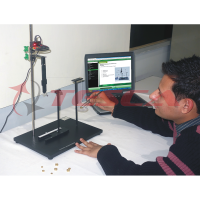

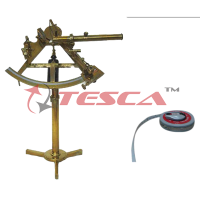
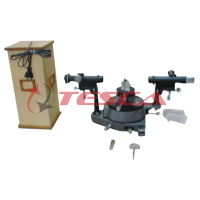
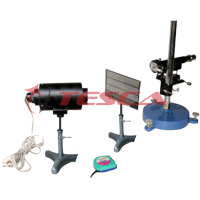

 91-9829132777
91-9829132777